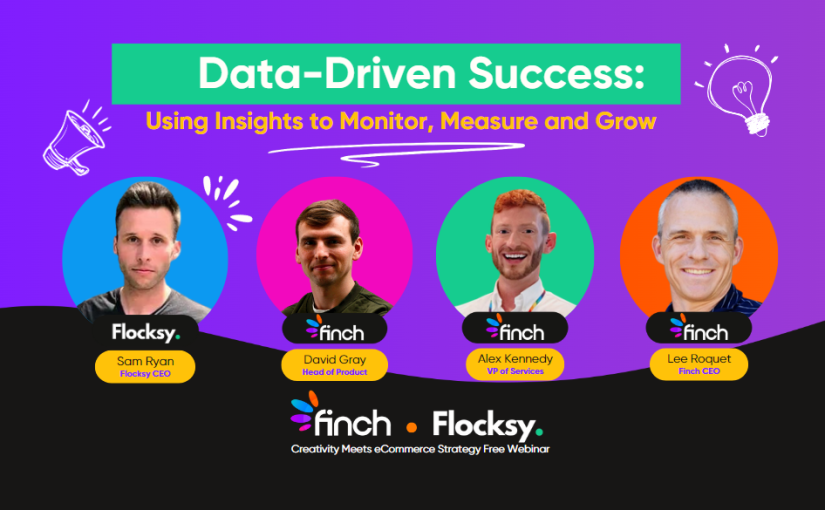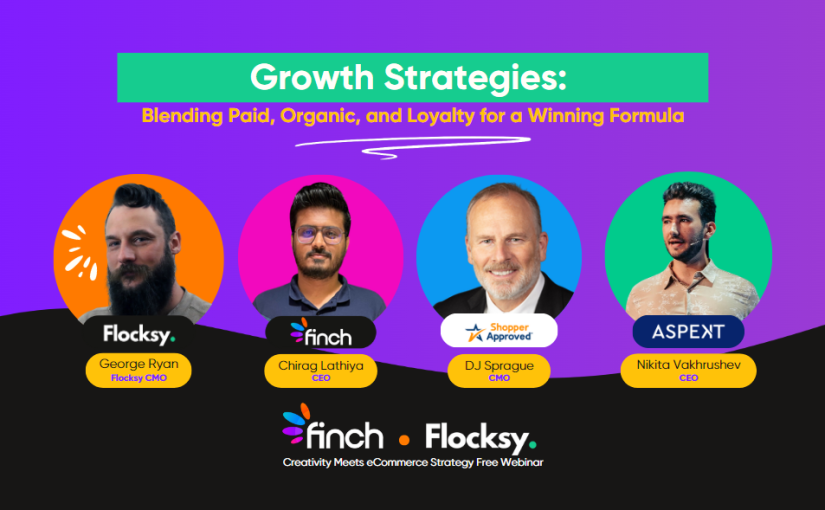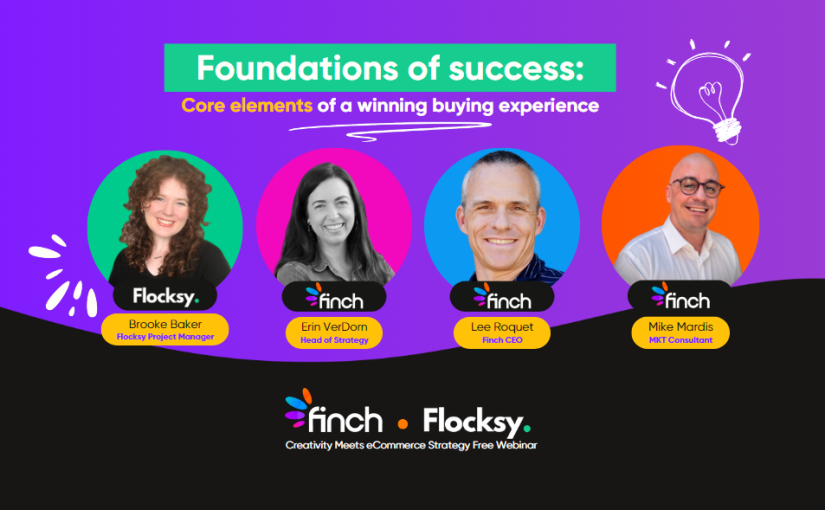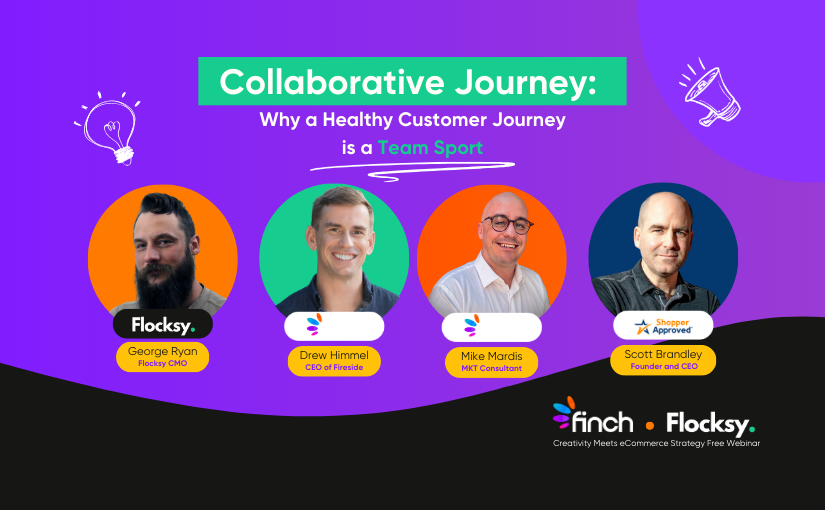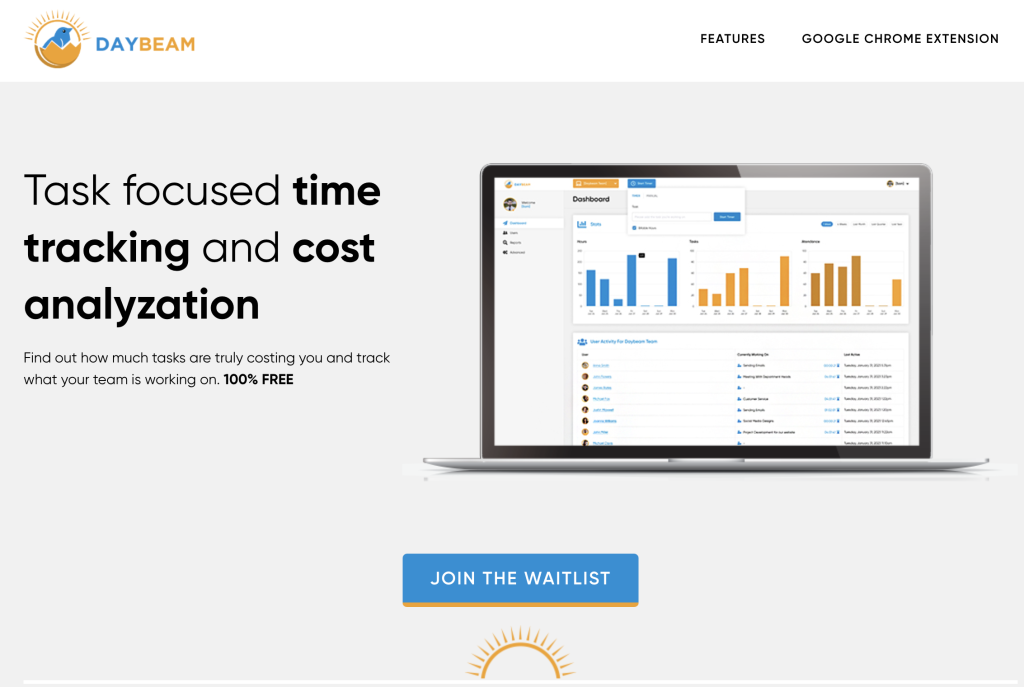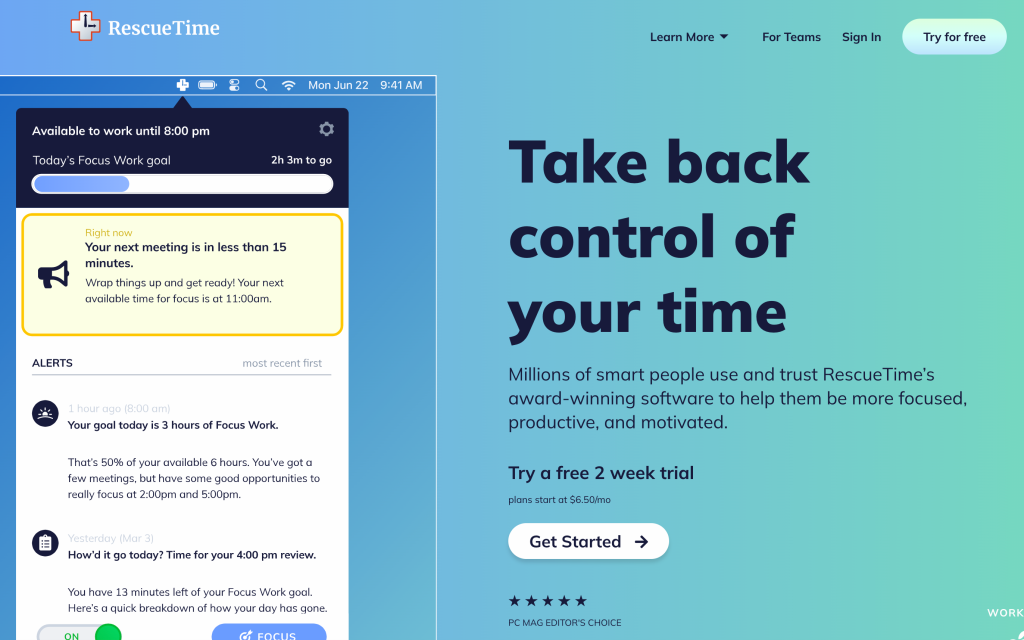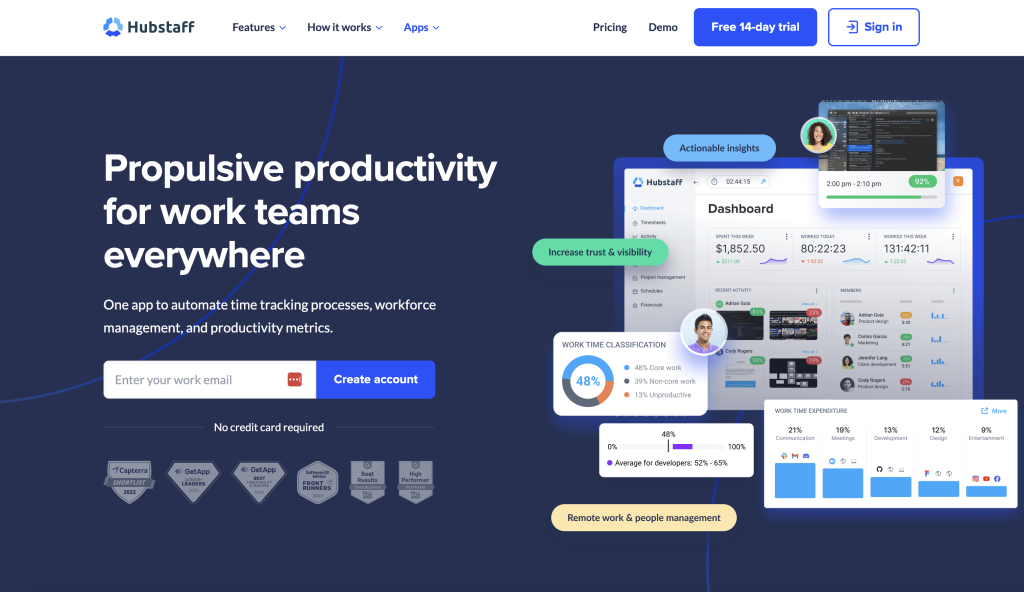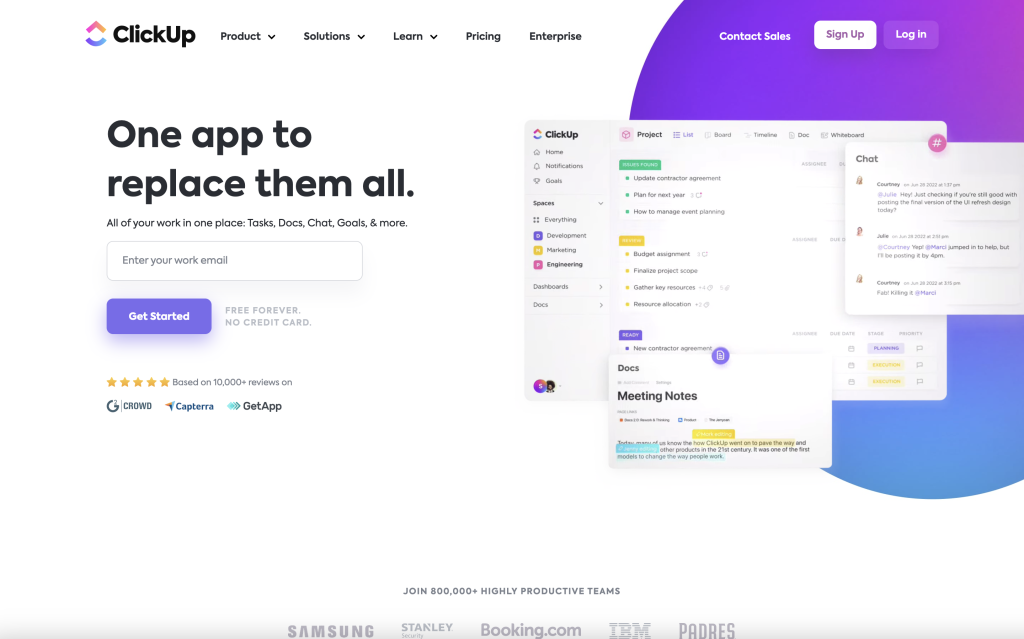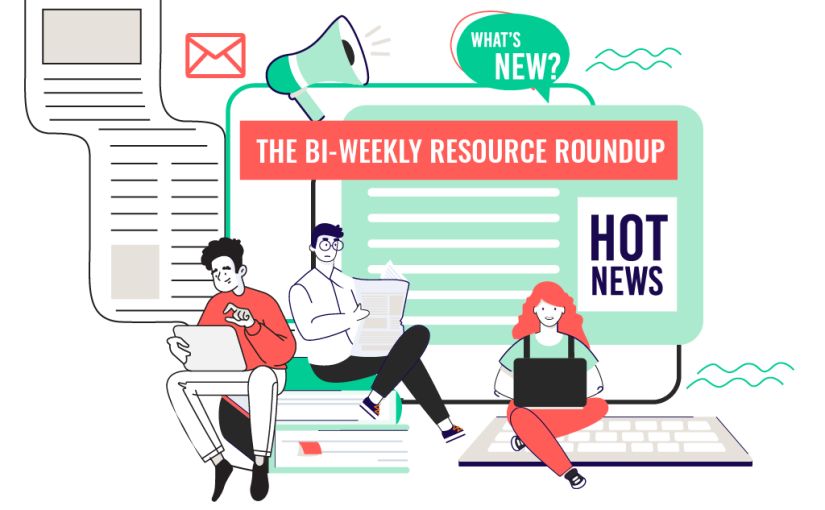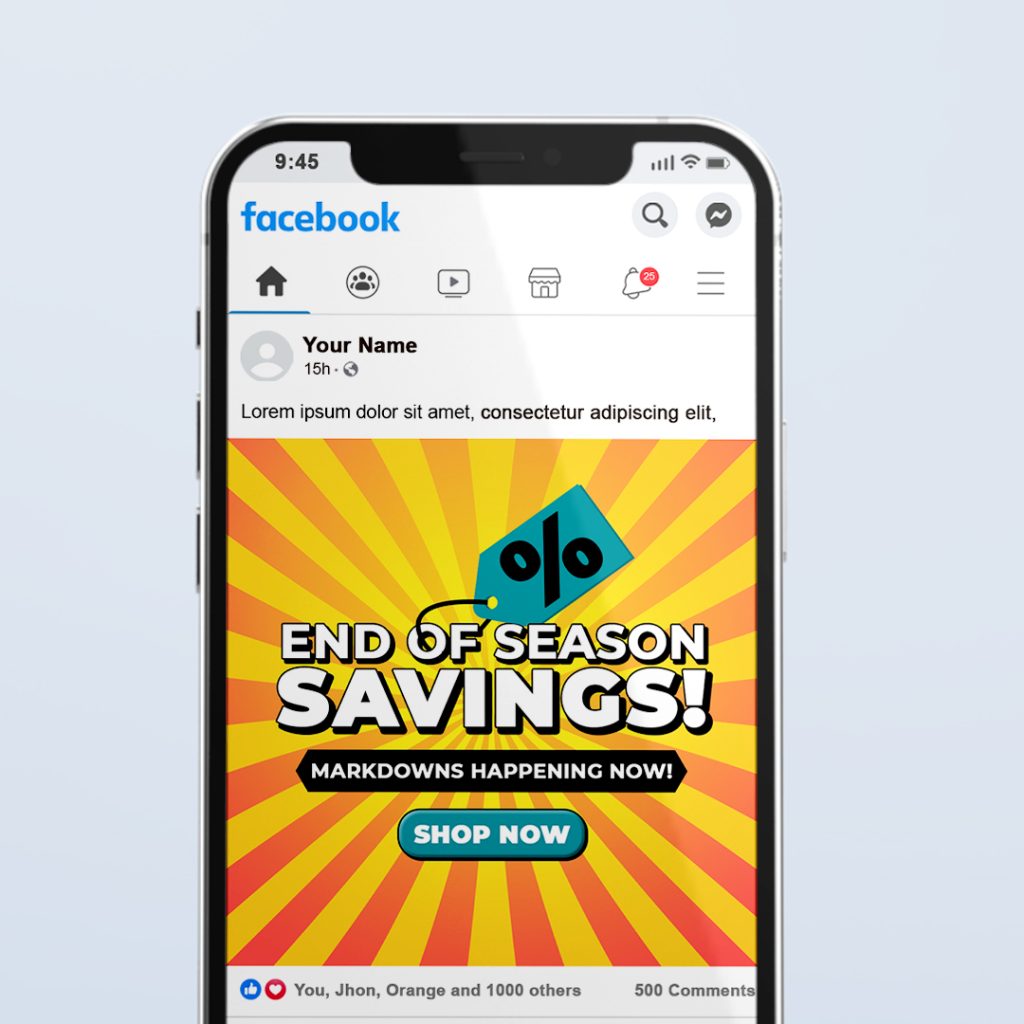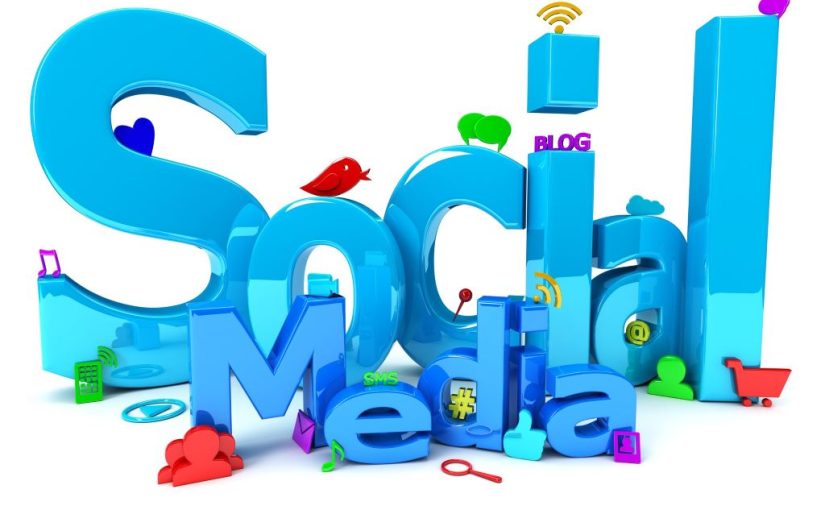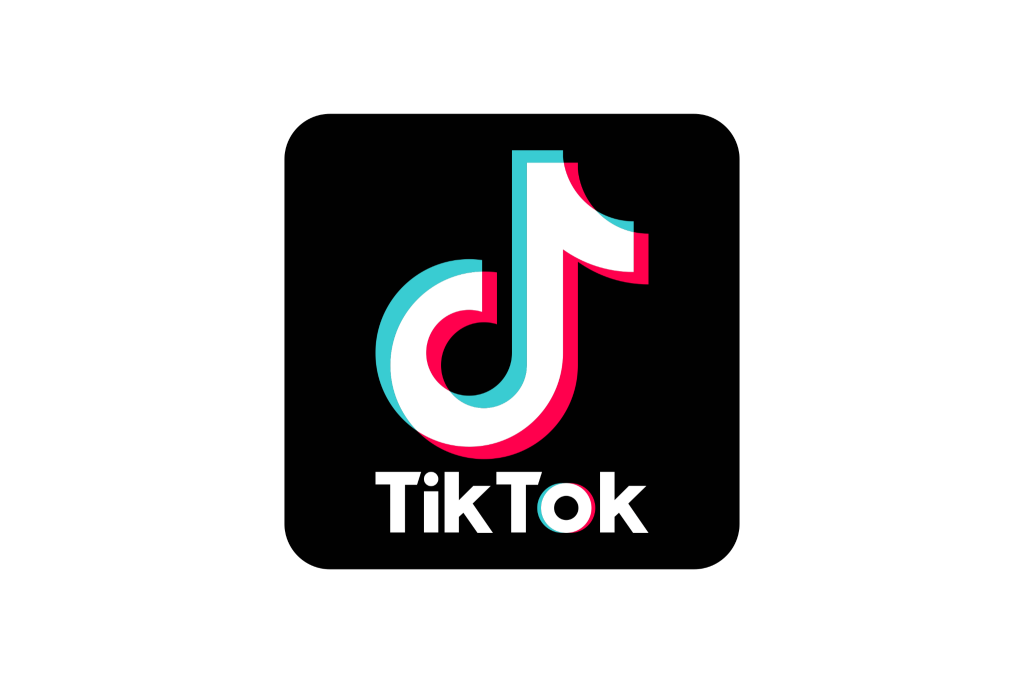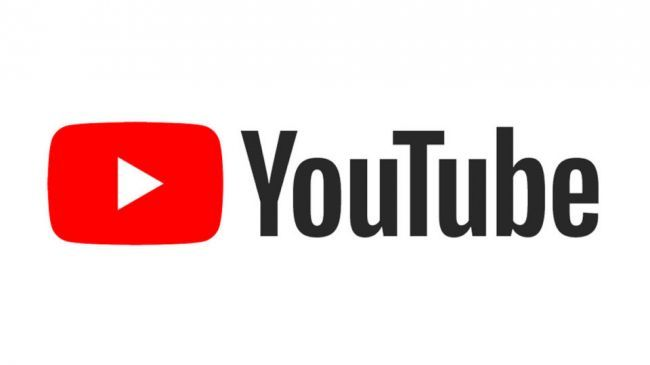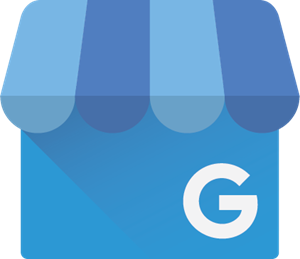In the final session of our Creativity Meets eCommerce Strategy: webinar series, Finch & Flocksy explored the transformative power of data in driving eCommerce growth.
In this session focused on how businesses can leverage insights to make informed decisions, optimize strategies, and foster continuous improvement, speakers included David Gray, Finch head of product; Justin Jefferson, Keen Head of Strategy and Insights; and Sam Ryan, Flocksy CEO.
The experience wrapped up on a high note, firmly positioning Finch and Flocksy as trailblazing thought leaders in the ever-evolving world of eCommerce.
Moderator Mike Mardis led the group through an insightful discussion of how each executive’s company uses data to get customers and keep them coming back.
Ryan said Flocksy measures its success with a broad scope of metrics, including how the platform is doing in terms of bringing people to the website, convincing them to attend a demo, signing up, whether they stay or leave, and how it does in trying to win back customers.
“It’s all about building a relationship with that client, and it starts with the creative,” he said. “A piece of creative might be really high-performing, but you’ve got to be able to back it up.”
Gray and Jefferson discussed the complex calculations eCommerce businesses have to juggle, including manufacturing costs and marketing mix modeling, or MMM.
“The goal is to understand the performance of your marketing relative to all the other business dynamics at play,” Jefferson said. “When you’re building a marketing mix model, not only do you want your sales data, your revenue data, but we’re also looking at your marketing activities. Your spend, your cost, your clicks – and then we’re looking at the external factors.”
Those are factors like seasonality, competition, distribution, and catalog size. By only analyzing marketing data, businesses limit the insight and understanding they can achieve, he said.
MMM used to be less accessible because of its complexity, Gray said, but AI’s ability to analyze large amounts of data quickly makes it much more attainable for businesses and brands.
Did you miss a session or want to revisit? Check out the recordings here. (They’ll be available any time you need them!)
Key Takeaways:
Key Metrics: Attendees learned how to identify and track the most important metrics that influence eCommerce success. Understanding these key performance indicators (KPIs) helps businesses stay focused on what matters most.
Data-Driven Decisions: The session provided techniques for using data to inform strategic decisions, enabling companies to respond more effectively to customer needs and market trends. Data-driven decisions lead to better targeting, improved customer experiences, and enhanced growth opportunities.
Continuous Improvement: We discussed the importance of making small, consistent improvements based on data insights. These incremental changes can accumulate over time, resulting in significant growth and long-term success.
With data as a foundation, businesses can create a more adaptive and effective approach to their eCommerce strategies.
Series Recap:
Our webinar series has been a great success at sharing our insights throughout the eCommerce sphere!
Throughout this webinar series, Finch & Flocksy have shared key strategies to help businesses create unforgettable and profitable customer experiences:
Session 1: The Collaborative Journey emphasized the power of cross-functional teamwork in creating a seamless customer journey.
Session 2: Creating Lasting Impressions explored how compelling visuals and engaging content can enhance customer interactions and foster loyalty.
Session 3: Foundations of Success highlighted essential tactics for optimizing paid media, improving search visibility, and increasing conversion rates.
Session 4: Growth Strategies focused on blending paid, organic, and loyalty marketing efforts to create a well-rounded growth formula.
In this final session, we tie it all together by focusing on the importance of data in guiding ongoing growth efforts. Thank you for joining us on this journey!
Did you attend the webinars? Let us know what you thought! Visit the Finch LinkedIn page to share your thoughts.

